Shavasana: Health Benefits, Variation and How to do?
What is Shavasana?
The Shavasana name comes from the Sanskrit words Sava- “corpse” and Asana(pose), “posture” or “seat”.
The variant name Mrtasana is from Sanskrit mrta, “death”.
The asana is called as Shuh-vah-sana.
This position gets its name from the lying pose of a dead body. It is a position of relaxation, and is usually done towards the end of a yoga session – a session that generally begins with activity and ends in rest; a space or hold when deep healing can take place.
The earliest mention of this asana is in the 15th century Hatha Yoga Pradipika which states in the context of a medieval belief system that “lying down on the floor supine, like a corpse, is known as Shavasana. It eliminates sleepiness and promotes calmness of the mind.”
Savasana is the last resting pose at the end of almost each yoga practice. It brings with it images of quietness, rest, discouragement, and sometimes even rest, as a well-exercised body and relaxed mind settle into the mat at the end of a practice. Not only is a corpse’s physical body Completely still.
This complete stillness in body and mind is the goal of savasana, which for most people makes it both the uncomplicated pose physically, and the most challenging pose mentally and/or emotionally. A lot happens in our bodies during savasana, for all (and because of) our stillness.
Savasana offers body relaxation after a yoga practice. It is a time when our nervous systems and musculoskeletal integrate the practice we just finished; a time when the fight-flight-or-freeze states that refresh the majority of our daily lives take a back seat and the rest-and-digest appliance in our parasympathetic nervous systems take the driver’s seat; a time when our digestive and immune systems function best; and, a time when our minds become quieter. But, as is true with all kinds of thought (and savasana is meant to be a type of study practice), it’s almost impossible to not think. Persons brains want to think…it’s what they do.
On the mental level, savasana provides the chance to take a break from active thinking and be available in the significance of the sensations of the body: the sweat dribbling down our foreheads and ribcages, the upwards and downwards of our bellies as we breathe, the support of our mats beneath us. The challenge is to turn off active thinking and simply observe these sensations without letting yourself get caught up in the stories that might attend them.
What are the Benefits of shavasana?
This posture conducts a deep, meditative state of rest, which may help in the repair of cells and tissues, and relaxation. It helps decrease blood pressure, anxiety, and insomnia.
There are many benefits to activities the corpse pose. As you continue to practice the posture you will begin to see the importance of Shavasana on your overall health. Here’s how Shavasana can assist your health.
Meditation
One of the most mental well-being of Shavasana is that it allows you to focus on your relaxed body and your breathing pattern. This increases awareness and overall mental health.
Reduces Stress
Shavasana is called to help with reducing the stress in your mind and body. As you relax your body and mind also expel any stress.
Nervous System
The corpse position has many beneficial effects on your nervous system. The relaxed position activates the parasympathetic nervous system.
Increases Energy
As you continue to practice the position, you will attend that your energy levels are getting higher. As the physical benefits of Shavasana begin to definite, your body will feel more energetic.
Memory
Shavasana has many advantages for the mind and one of the areas it helps with is concentration. It helps you to improve your focus and also increases your ability to remember things. This pose is recommended for students and older people.
Insomnia
Most people will find that the Shavasana position helps them with a restful and good night’s sleep. This is useful for people who tolerate insomnia and want a compound without medications.
Relaxes the Body
The primary objective of the Shavasana position is to relax your body. It is a great way to end your workout and also works as a barrier between your workout and your daily routine.
Blood Pressure
As your heart rate drops and relaxes your body, which in turn decreases your blood pressure. This asana is mentioned for anyone who has high blood pressure.
Aligns Your Mind
One of the spiritual satisfaction of Shavasana is the alignment of your mind with the energies of your body. Ideally, your mind and body should align with the universe, and Shavasana helps you to be aware of your energy and the energies nearby you.
Improve contraction.
Calms the mind and reduces stress.
Reduce headache, anxiety, and fatigue Helps lower blood pressure.
Encourage spiritual awakening and awareness of higher consciousness.
Stimulates blood circulation.
To treat neurological problems.
Asthma patients get comfort from asthmatic problems.
How to do the Shavasana / Corpse Pose?
Lie flat on your back, preferably without any support or cushions. Use a small pillow below your neck if completely required. Close your eyes.
Keep your legs comfortable pose and let your feet and knees relax completely, toes facing to the sides.
Place your arms across, yet a small spread apart from your body. Quiet your palms open, facing upward.
Taking your observation of different body parts one by one, slowly relax your intact body.
Begin with bringing your appreciation to the right foot, move on to the right knee (as you complete one leg, move your attention on to the other leg), and so on, and slowly move upwards to your head, relaxing every part of the body.
Keep breathing slowly, naturally, gently, deeply, and allow your breath to relax you more and more. The arriving breath energies the body while the outgoing breath conduct relaxation. release all sense of hurry or urgency or any need to attend to anything else. Just be with the wind and the body. Surrender the full body to the floor and let go. Make certain you don’t fall asleep.
After some time, about 10-20 minutes when you feel fully relaxed, Start to twist your fingers and toes. Keep your eyes closed, and slowly roll out your right side. Lying in that position for a minute or so. Then, taking the support of your right hand, considerately sit up into a seated pose such as Sukhasana (Easy Pose). Rest there for a moment and with an inhale, find a comfortable seated pose.
Keep your eyes closed and take a few deep breaths in and out as you gently become aware of your environment and the body. When you feel complete, slowly and gradually open your eyes.
How to do shavasana by watching a video?
What is the Follow-up pose?
The corpse Position is the highest point of your practice, so there are no counter positions afterwards. you can observe Savasana with Sukhasana (Easy Pose) for quiet meditation
For example, a position that stretches your spine in the contradictory direction it was just in or returns it to a neutral position. It doesn’t stop at the spine though, there is balance for muscles as well.
What are Alignment tips for Shavasana?
- The general rule of thumb is to take 10 minutes of Savasana/Corpse Position for each hour of practice, or longer if you have the time or need extra space to gain the medicinal advantages of your practice. Consider using advance if they help you release into your most relaxing Savasana/Corpse Position. Placing a bolster under your knees will help with any hip tension and will support the lower back if you have back problems. Wrapping yourself with a blanket will keep you restful and comfortable as you cool down, and tell your nervous system you are safe and immovable.
- Lying on your back, legs stretched out, arms slightly away from your body, palms facing up.
- Legs slightly apart and feet fall out to the side, relieve your shoulder, back of the neck long.
- Considerately, close your eyes, let the body become heavy and melt into the support of the ground
- to relieve the muscles across your forehead, releasing all tension, gaze inwards.
- Let all the muscles and bones of your body relax and help tension.
- Let the thought come and go without adding to what you should or shouldn’t be feeling in your Savasana/Corpse Position.
- Melt, release, breath, soften, relax.
What are the Types of shavasana?
Seated Savasana
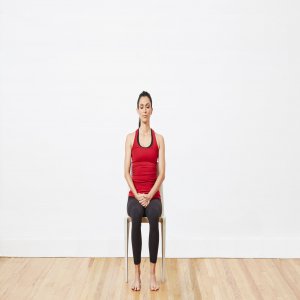
Take a few minutes to sit with your eyes closed and hands on your knees at the end of your practice. This seated savasana will help your body interest all the good effects of the position you have done and move you into the rest of your day.
What are the Modifications and Variations?
- Using support during Savasana can make the pose more comfortable and relaxing.
- To make a point of the feeling that the body is rooted in the earth, place a folded blanket over your thighs. A block just under your umbilicus has a similar effect, as does an eye cushion.
- If it’s at all icy in the room, cover up before coming into Savasana. Use an plain yoga blanket or put on your socks and sweater. It’s very heavy to relax when you are cold.
What are some of the common mistakes?
Select the wrong mat
This might sound gentle, but guess what it isn’t just about practising savasana. You need to do it on the right mat. How are you going to feel modified if all you have are pain and numbness, after practising those moves? You might just think it’s systematic soreness, but guess what your yoga mat could also be the person responsible. If you are sliding, slipping, or not receiving any proper support, then make sure you get the right one to help you relax post your workout.
savasana or corpse position Choose your mat right or bear severe lower back pain.
Wrong posture
You might think there’s no proper posture when you practice savasana but guess. That’s not true. There is a specific approach that you must follow, and if you aren’t doing that, then it’s time to recognize the basics and level up.
Here’s how to do it:
Lying on your back with your legs plain and arms relaxed at your sides. Let your foot be in a natural position and rest your palms facing up. Close your eyes. Breathe clearly. Allow your body to feel massive on the ground. Release each part of your body, relaxing the soles of your feet to the crown of your head. Relax your face, feeling your eyes drop into your opening and the softening of your jaw. Focus on your mind, and if it starts to blink, bring it back to the current value and pay attention to the sounds you can hear. Gently bring your appreciation back to your body. Start to twist your fingers and toes. With your eyes closed, draw your knees in and slowly roll over to your left or right side. Relax.
Problems in staying still
If you are a beginner, savasana is going to be heavy for you. That’s because you have to stay still and center of attention
on the present moment for 10 minutes. If you can’t do it, try studying your body from head to toe for a few minutes. It will help massively.
savasana or corpse position Let’s go meet our well-rested self.
What are the Contraindications of the Corpse Pose – Shavasana?
- People with back pain should present this practice with a pillow or cushion support under their knees.
- Your body should be comfortable while performing this practice.
- Try to practice it in a dark place or while covering your eyes as light may charge as a distraction as well.
- People with neck pain should take the keep up of a pillow or cushion under their neck.
- If you are pregnant, have respiratory sustenance, or experience anxiety, practice savasana with your head and chest raised on a bolster. if you have a backache, lie with your back on the floor, and rest your calves on the seat of a chair, with your thighs square to the floor.
- Those with back issues can do the position with a bolster under their knees. Those with a change curve in their necks should place a small rolled blanket under the neck. The body should be warm in Savasana. If the environment is cold, make up for the body with a blanket.
What are the Shavasana Pose Precautions?
- Avoid moving your body while performing Savasana as it might confuse the practice and will fuel your distractions.
- Make sure to affect it on a hard, flat surface.
- Practice this in an environment that offers soft and relaxing surroundings.

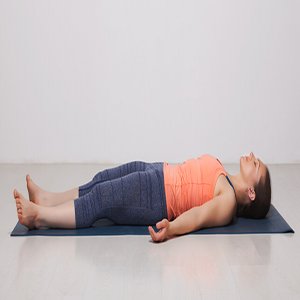
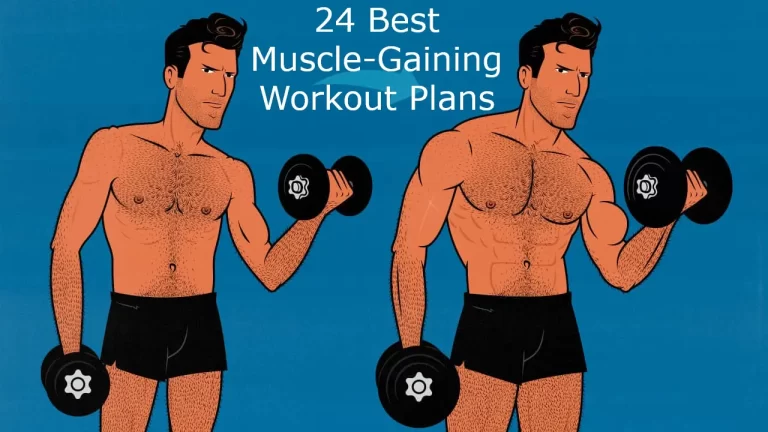
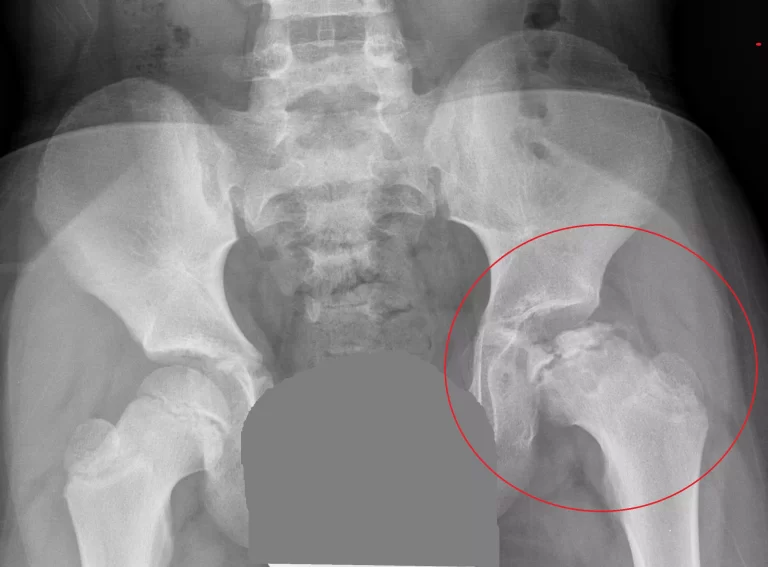
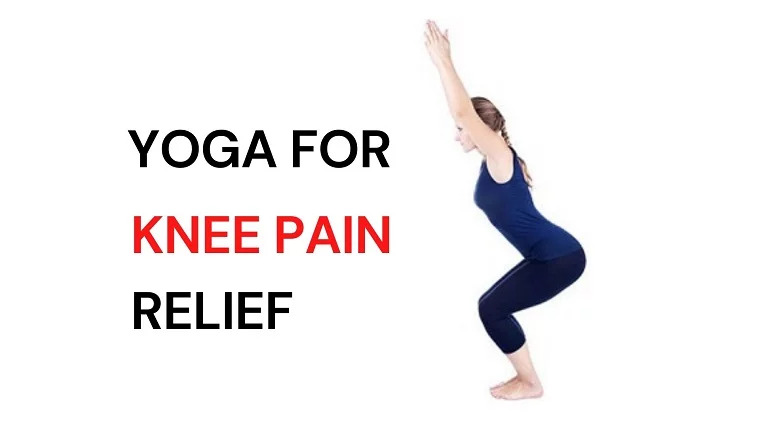
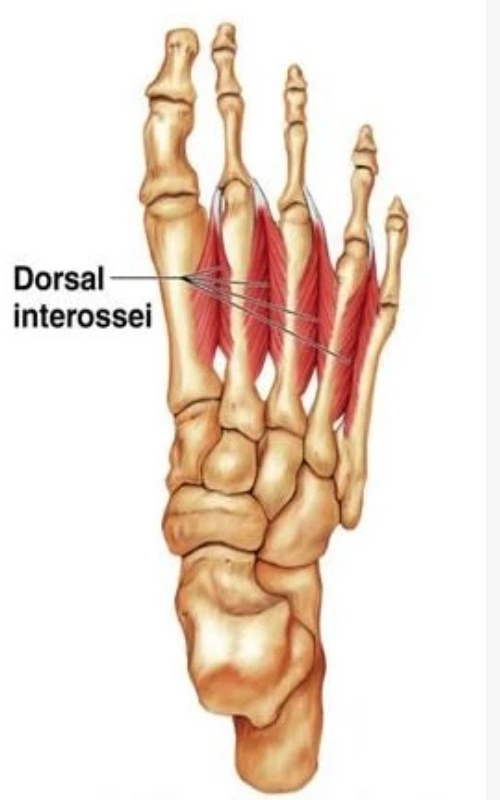
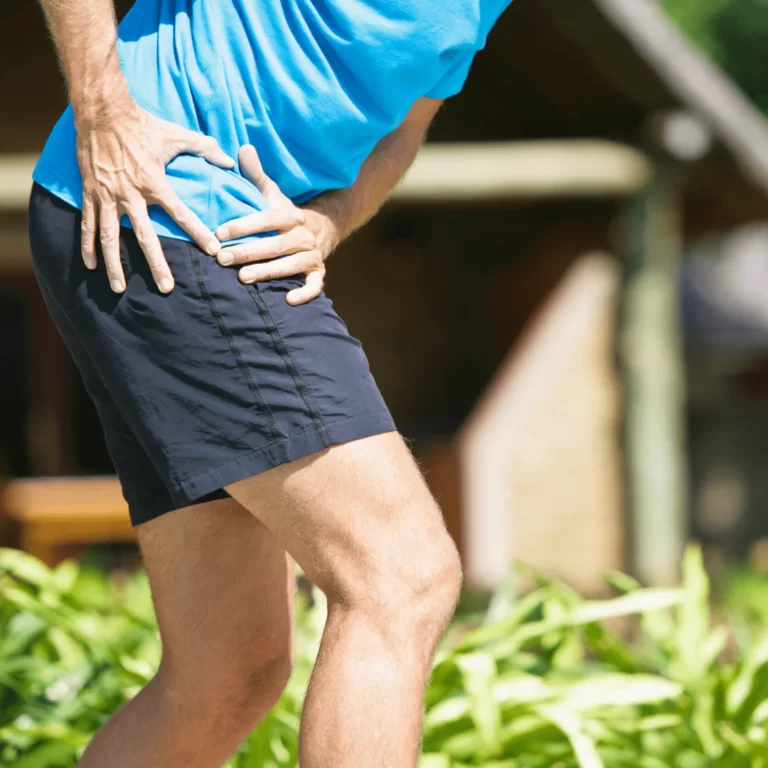
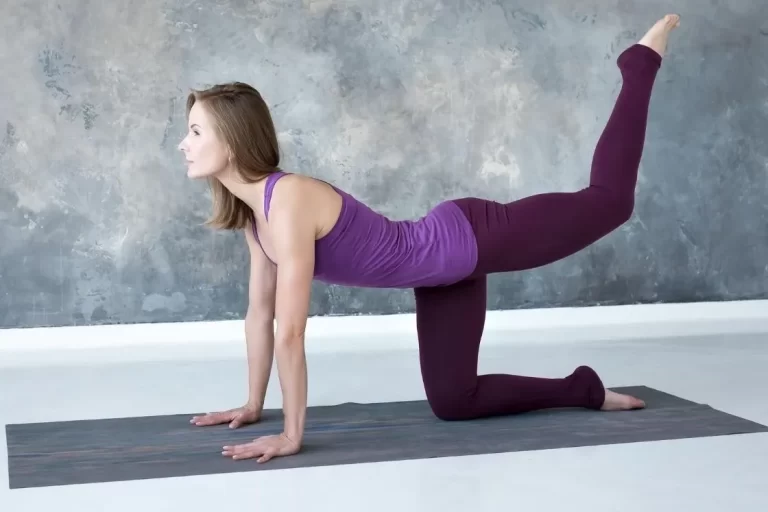
7 Comments